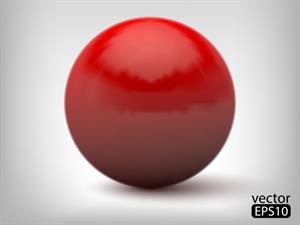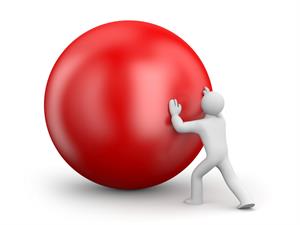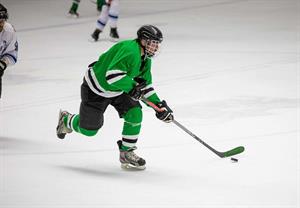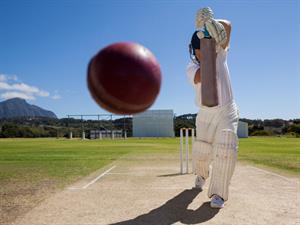
PUMPA - SMART LEARNING
எங்கள் ஆசிரியர்களுடன் 1-ஆன்-1 ஆலோசனை நேரத்தைப் பெறுங்கள். டாப்பர் ஆவதற்கு நாங்கள் பயிற்சி அளிப்போம்
Book Free DemoForce helps move the object, which is actually at rest.
Imagine a rubber ball is resting on a flat surface. You want to move it. What would you do to make it move?

A rubber ball resting on the table.
Will you apply force on the ball to make it move?
Yes, we need to apply force on the resting object to make it move.
Yes, we need to apply force on the resting object to make it move.

Pushing the ball
Now, consider the same rubber ball moving with some speed. You want to increase the speed of the moving ball.
What would you do to increase the speed of moving ball?
Again you will apply more force in the same direction of the moving ball to increase the speed.
Thus, a force can also change the speed of the moving object. If a force acts in the opposite direction to the moving object, it may reduce the speed or even stop the object's motion.

Goal keeper stops the ball
The above image shows the goal-keeper applies a force in the direction opposite to the ball's motion. Thus, the ball's speed is reduced and becomes zero(zero speed denotes the object attains rest).
Force can also change the direction of the moving object.
Examples:
- A hockey player hitting a sliding puck with his stick to redirect it.
- When a bat hits a moving cricket ball in a cricket match, the ball direction changes and goes in another direction.

A hockey player changes the direction of sliding pucks.

A cricket player changes the direction of the ball.
Force can change the shape of an object.

Squeezing an orange
Here we apply force to squeeze the lemon. When we squeeze the lemon, the shape gets changed. Therefore, If force is applied, materials may change their shape.
Thus, we can conclude:
|
|
|
|